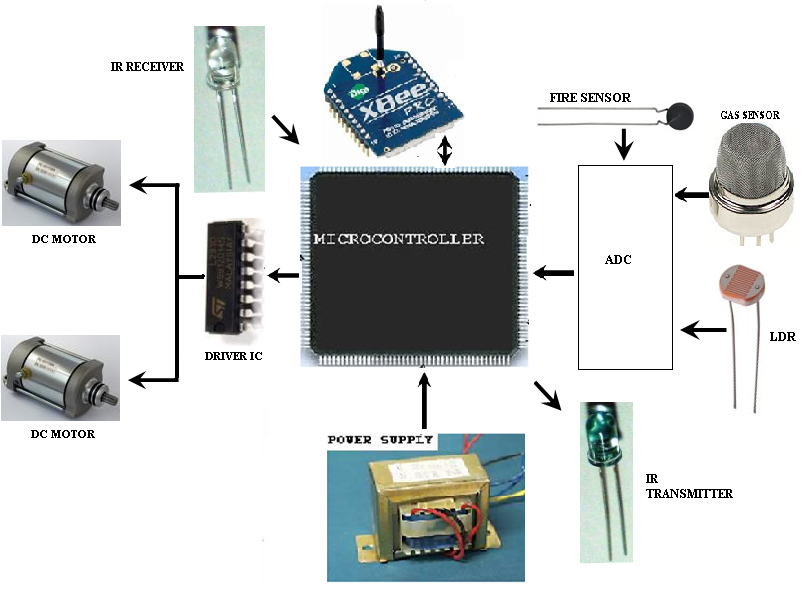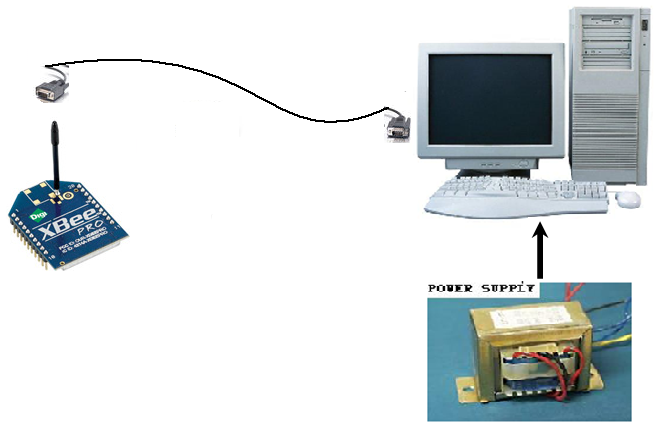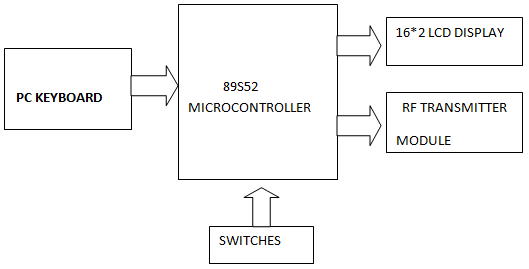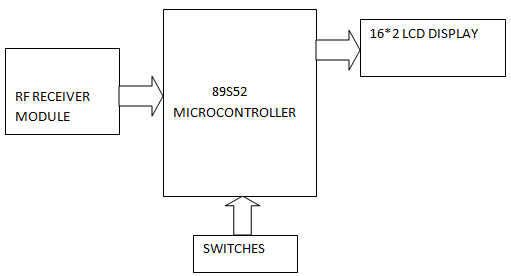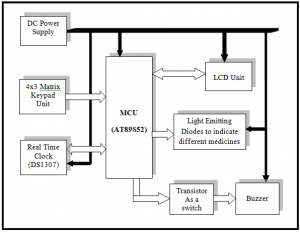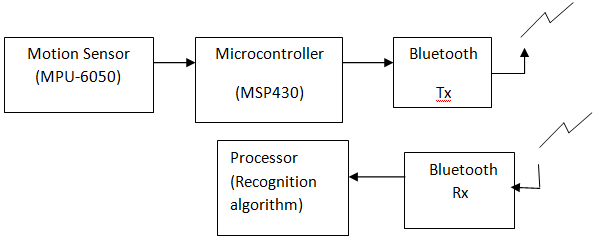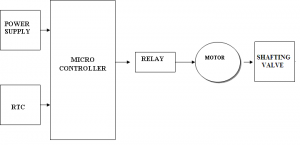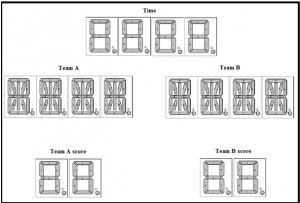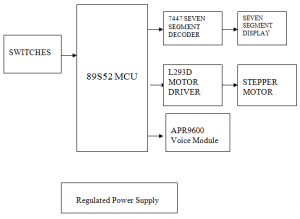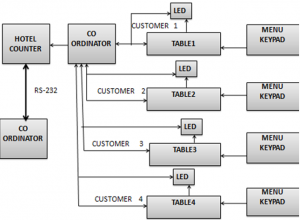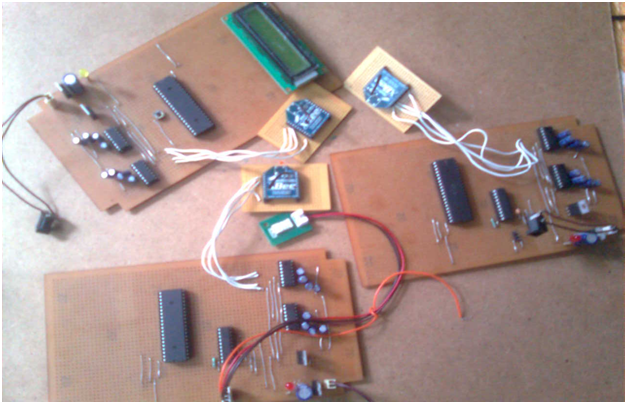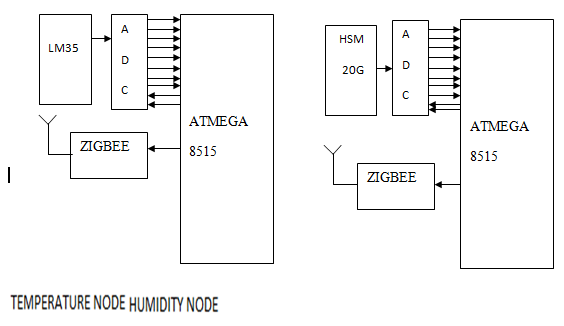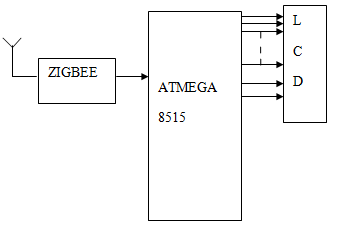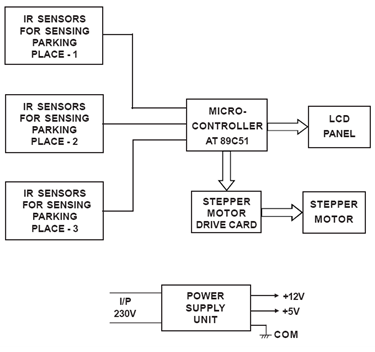AIM:
The main aim the project is to design “Embedded control system design for coal mine detect and rescue robot”.
COMPONENTS:
AT89S52, Gas sensor, Fire Sensor, Driver IC, DC motor, and ZigBee.
EXISTING METHOD:
The present existing method is without monitoring the environmental conditions inside coal mines, persons are sent inside and sensors are connected to their helmets, based on the sensors sensed information if any dangerous gases are detected buzzer present on the helmet turns ON.
The main disadvantage of this method is it gives information to the people present inside the coal mines only and sensed information cannot be sent to control room to take necessary actions.
PROPOSED METHOD:
In the proposed method we overcome the disadvantages present in the existing method by developing a robot to which controller, sensors, buzzer and wireless communication system called ZigBee is attached to it.
Before sending the persons inside the coal mines first the robot is sent and it monitors the environmental conditions inside coal mine using sensors and send the sensed information is sent to the control room using the wireless technology and if detects the dangerous gases inside the coal mines it automatically turns on the buzzer connected to it so as to alert people inside it.
The system uses a compact circuitry built around AT89S52 microcontroller Programs are developed in Embedded C. Flash magic is used for loading programs into Microcontroller.
BLOCK DIAGRAM:
TRANSMITTER:
RECEIVER:
SOFTWARE: Embedded ‘C’
TOOLS: Keil, Flash magic
TARGET DEVICE: AT89S52 Microcontroller.
APPLICATIONS: Used at coal mines.
ADVANTAGES: The distance of controlling can also be improved by connecting ZigBee modules in a network.
REFERENCE:
1. The 8051 micro controller and embedded systems by Mazidi.
2. Datasheets and the user manuals of AT89S52.

